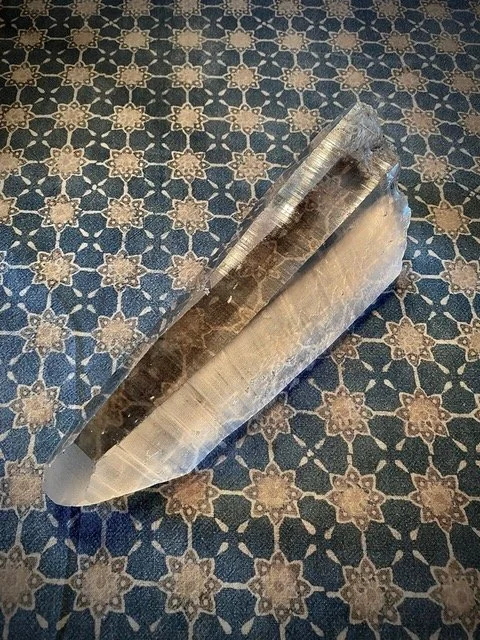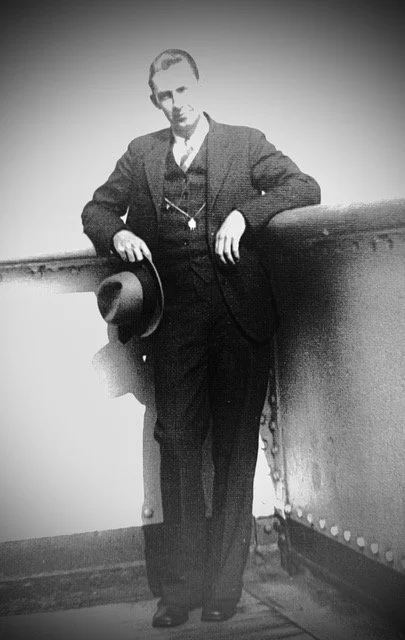Germanium Crystals
Leo: In 1930, your Great Grandfather, Dr. R. Bowling Barnes, took a steamship across the Atlantic after graduating from John’s Hopkins University with a phd in infrared physics. He had won a scholarship for two years of post-graduate study at the University of Berlin where there were five Nobel Prize winning physicists in residence. His mentor’s area of interest was the optical properties of materials when viewed with infrared light. He and my father wrote several technical papers together and created the first comprehensive data-set on how infrared light passes through all types of crystals. Some naturally forming crystals are clear as glass in the visible, but opaque to infrared. The opposite is also true. Germanium crystals pass infrared easily but look like dark grey granite to the human eye. Later, Barnes Engineering company had an entire optical department making lenses, flat windows and infrared detectors out of Germanium.
My dad’s mentor really loved field trips and he and my father traveled by train and automobile all over Germany and surrounding countries exploring for new crystals to test in their lab. They visited salt mines and geological sites where crystals of unusual materials formed. Crystals you could not see through were of particular interest. They bought crystals at “rock shops” and museums and from private collectors. Each was given a thorough examination back at the University and often a technical paper describing the passage of infrared light at multiple frequencies and angles was written. They were doing basic research of which my dad was very proud.
This is one of the crystals my father collected in Germany at a “dark, filthy, wet mine, with a gift shop." It was prominently displayed on his desk at Barnes Engineering. When I took over as President, he gave it to me and …. well …. It just stayed there on the desk. I took it with me when the company was purchased and moved, so it was always on my desk. When I retired, I brought it home.
So …. It has quite a history. Keep it safe.
Dr. R.B. Barnes
This picture was taken on the steamer heading to Germany. Note the formality of a young student on his way to study abroad. The dark suite, the vest, the neatly folded handkerchief, the Phi-Beta-Kappa key, the hat. At Berlin University, in the 1930’s, that was very appropriate dress for a young scientist. His two years in Germany also explained why he was always called “Dr. Barnes.” Someone with a PHD was addressed as “doctor” there.









